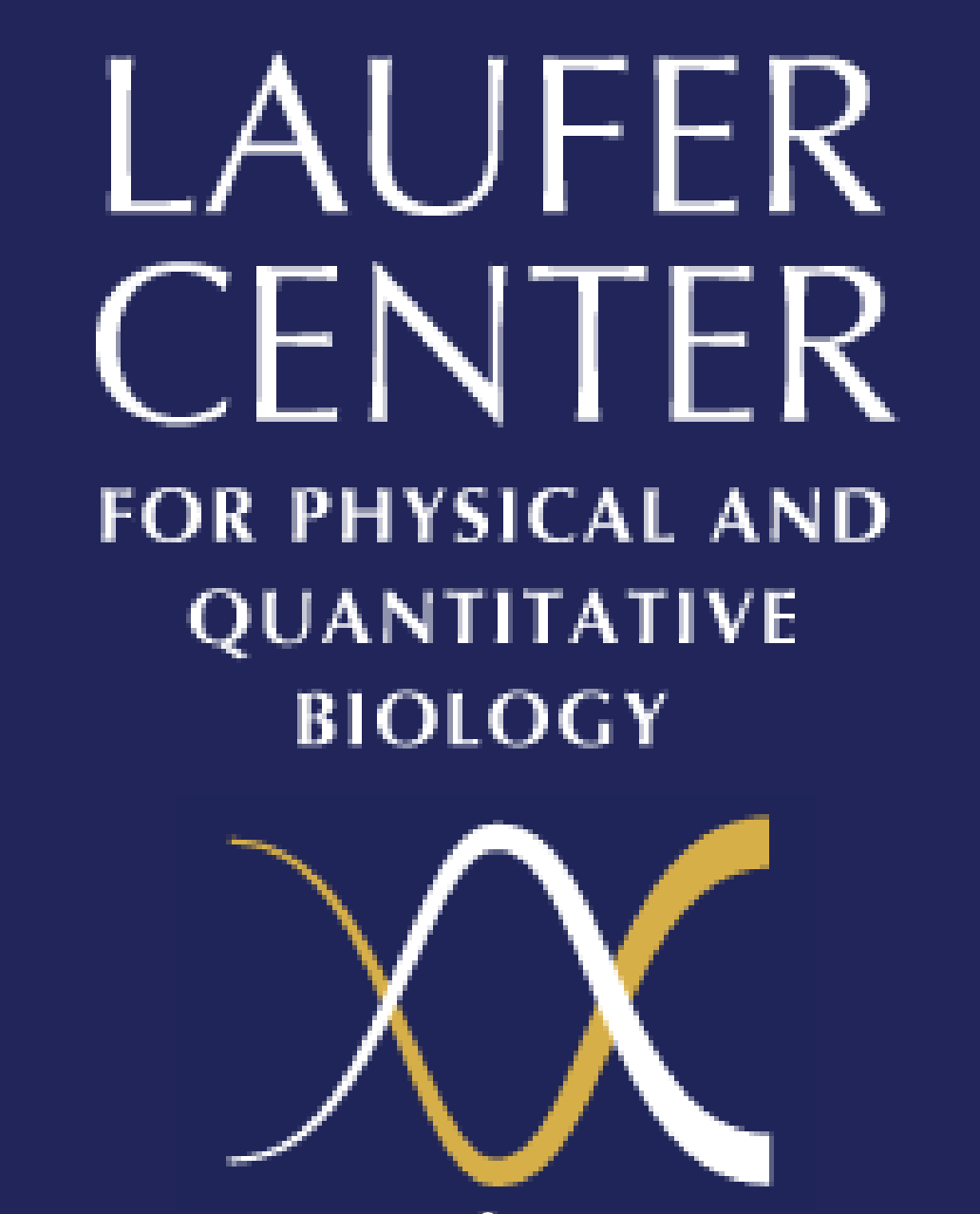Events Calendar
Intrinsically disordered proteins (IDPs) are abundant in all kingdoms of life and fulfill many critical functions. Despite their biological importance, IDPs are poorly understood relative to the wealth of structural information available for folded proteins. The structural description of IDPs poses formida-ble challenges to both theory and experiment: IDPs do not have a stable structure, but rather a struc-tural ensemble consisting of many interconverting conformational states. Molecular simulations can be used to obtain structural ensembles of IDPs, but are currently limited by the accuracy of their en-ergy functions (force fields). To address this challenge, we have worked on a systematic comparison of state-of-the-art force fields for the specific case of IDPs and the development of an improved CHARMM force field suitable for both IDPs and folded proteins. Accurate simulations of IDPs open up new possibilities for the detailed structural characterization of this important class of proteins. As a prototypic example of the insight afforded by molecular simulations of IDPs, I will describe my work on the structure of elastin, the protein responsible for the elasticity of skin, lungs, and arteries.


